This article was contributed by Carlos Mendez, founder of Condor Speed Shop, multi-time national champion, and my teammate in GLTC. Carlos is also one of my closest friends, and I wouldn’t be racing without him. I’m honored to feature this story as the first-ever guest post on RISING EDGE. —Thomas
The Trailhead: My Roots
My foundation was laid with NASA Spec E30 and endurance racing, where I learned the fundamentals of wheel-to-wheel racing in tightly controlled classes. I built the confidence to compete at a high level, earning several national class wins along the way. Most recently, I’ve raced in Spec E9X, further shaping the way I approach racing. My progression helped prepare me for the transition into Gridlife Touring Cup (GLTC), which was an exciting and challenging prospect.
Base Camp: Finding My Footing
In spec racing, everything has its orderly place. The cars are the same, the rules are air-tight, and preparation is straightforward. I thrived in that structure because success depended more on the driver than the car's build. If something was off, it was probably the driver. In spec racing, there’s a shared understanding of the platform. Everyone is working with the same chassis, same suspension, same tires. Unless something is broken, there’s no wondering why your car is fundamentally off-pace. It either works, or you need to drive better. That’s what makes spec racing so competitive and refreshingly straightforward.
GLTC isn’t like that.
There are dozens of ways to build a car and just as many ways to get it all wrong: tire size, weight modifiers, aero, power claims—each decision affects the next. The rules allow for creativity, which can work for or against you. Looking back at my first season, I realized I spent too much time chasing upgrades and not enough time enjoying what was a well-sorted race car.
The First Ascent: Into the Fog
The 2023 season was my first in GLTC, and I was in awe. The close racing, the challenge of new-to-me tracks, and the camaraderie in the paddock reminded me of my early Spec E30 years, and I craved a return to that feeling.
I took my proven Spec E9X race car and began experimenting with it by adding a front splitter, a large rear wing, and larger 18x9.5" wheels with 275 tires. In retrospect, I wish I had just run the car as it was. I would have learned more by fine-tuning the setup and embracing the Spec E9X platform. Instead, I spent too much time between events chasing upgrades and not enough enjoying a well-sorted race car.
By the season’s end, my setup included the upgrades mentioned above, and I was claiming 240whp, plus 4% for the aero, and 1% for engine displacement, resulting in a 3,160lb competition weight. That meant I had to add over 200lbs of ballast.
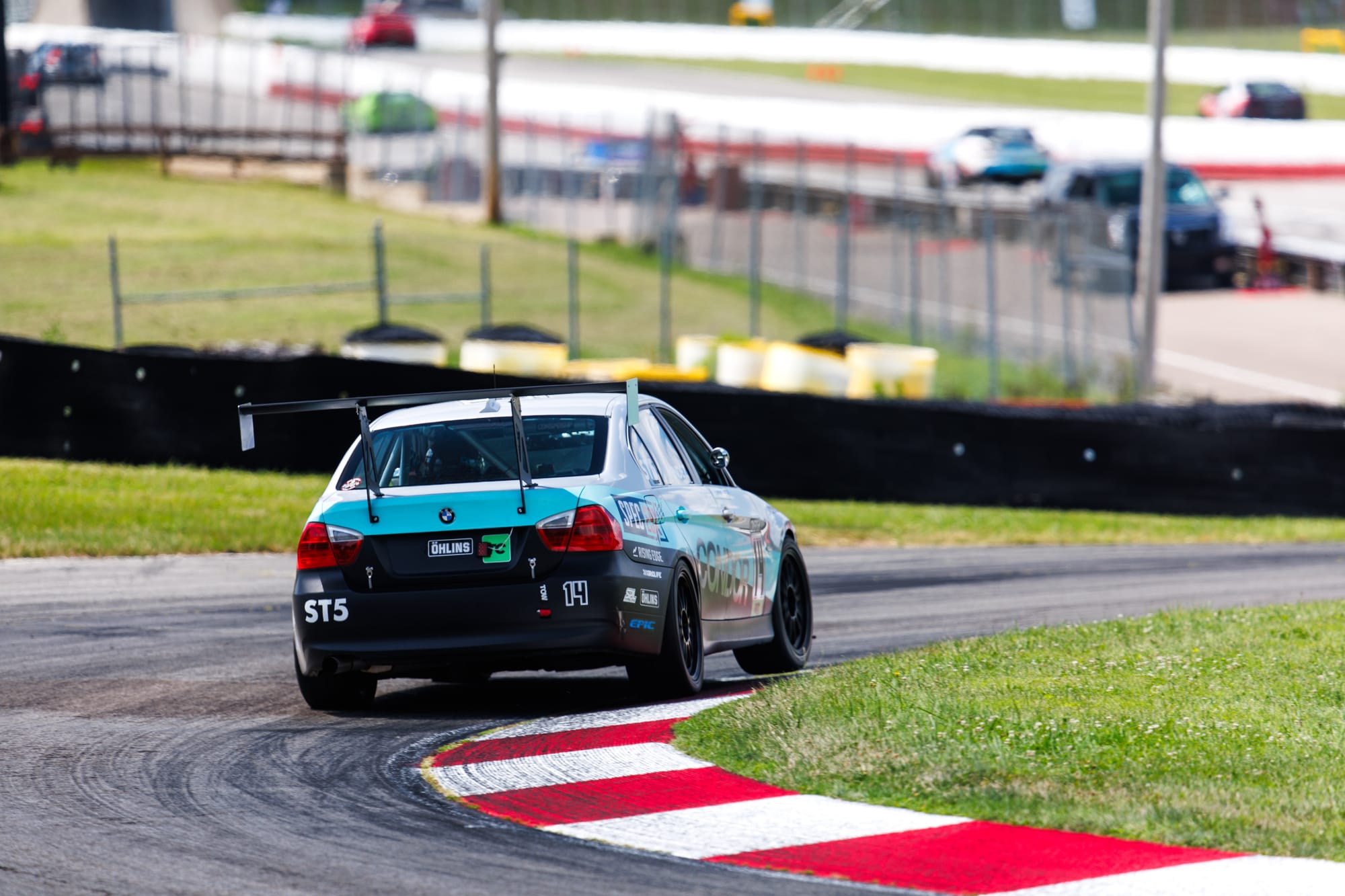
Out of 20 starts, I had four top-ten finishes—all in my first two races, and without most of those 'upgrades.' Three of those four came at Watkins Glen, in the rain, on a track I had never visited before. My results declined as the season went on. Looking back, it was a missed opportunity—I should have focused on my driving and racing with a simpler setup, rather than the complexity of a wing and splitter, plus carrying the necessary ballast.
I finished the 2023 championship points season in 19th.
The Second Ascent: Slipping on Loose Rock
In 2024, I started fresh with a new-to-me E90 that had spent its life as an endurance race car. I assumed it would be race-ready, but I would eventually find out I was wrong.
I spent the season chasing upgrades again: this time, hood and fender vents, wider wheels, fender flares, adjustable suspension arms, shorter gearing, and three different aero setups:
- High Downforce – 275 tires on 11" wide wheels, a 3" splitter, and a 700 sq/in "large" wing.
- Medium Downforce – Same tires and wing, but no front splitter.
- No Downforce – No splitter or wing, only a small NASCAR-style spoiler. This was the lightest of the three options. Power was around 238whp.
The heavy ballast required for the aero setups made the car feel sluggish compared to the lighter no-downforce trim. I continually switched setups between races, but frustration only grew as poor handling and inconsistent results accumulated. If you were at the track, you probably saw me pulling out my string alignment setup a dozen times.
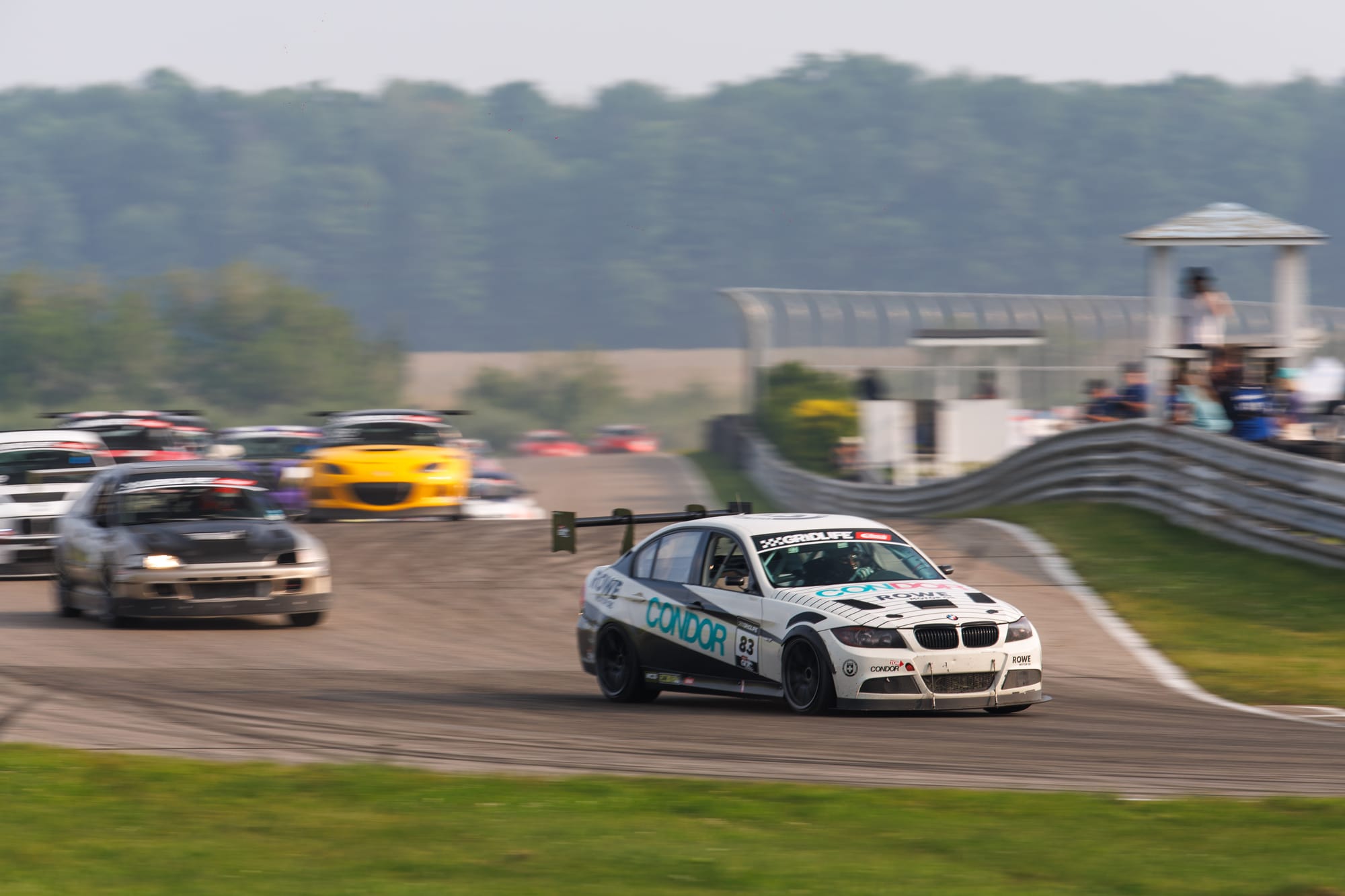
What I failed to realize was that the car had been broken all along. Both front dampers were shot—one had a bent shaft, the other needed a new housing. Both rear dampers needed rebuilds and new shafts. I didn’t know this until the last event of the season. I had wrongly assumed this car was truly “race-ready.”
That assumption had ripple effects on how the car performed and ultimately on my results. Across 24 starts, I managed only three top-ten finishes: a P10 and P8 at the first event at CMP, and a P8 at Road America.
I finished the 2024 championship points season in 26th.
Looking back, 2024 taught me a hard truth: a wrong assumption can derail an entire season. You have to start with a solid foundation. The “new” race car was hardly the answer I'd hoped it would be.
The Third Ascent: Climbing in Thin Air
I entered the 2025 season hoping everything would finally come together. With two years of GLTC experience behind me and a clearer understanding of how setup decisions affected performance, I focused on the basics. I tried a smaller tire and retained the high-downforce configuration, aiming for a more straightforward and more predictable balance.
Even with those changes and fixes, something was still not right. By Gingerman, I was second-guessing everything. I had adjusted the setup to take advantage of a -1% weight modifier by running an undersized 265 tire, paired with 229whp and the high-downforce aero option. On paper, it was the right move. However, my fastest lap at Gingerman was still half a second slower than it had been the previous year. The car didn’t feel right—it was unsettled, especially the rear—and I was running out of theories.
Then came Mid-Ohio.
The dyno came in low (just 217whp), which forced me to remove all the ballast and still be 100lbs over the minimum weight. The car felt slow and, worse, unpredictable. I began to wonder whether the problem was with the platform… or myself. I continued to search for answers. It wasn’t until I compared my data with that of other racers that I realized my minimum cornering speeds were 2–7 mph lower than they should be.
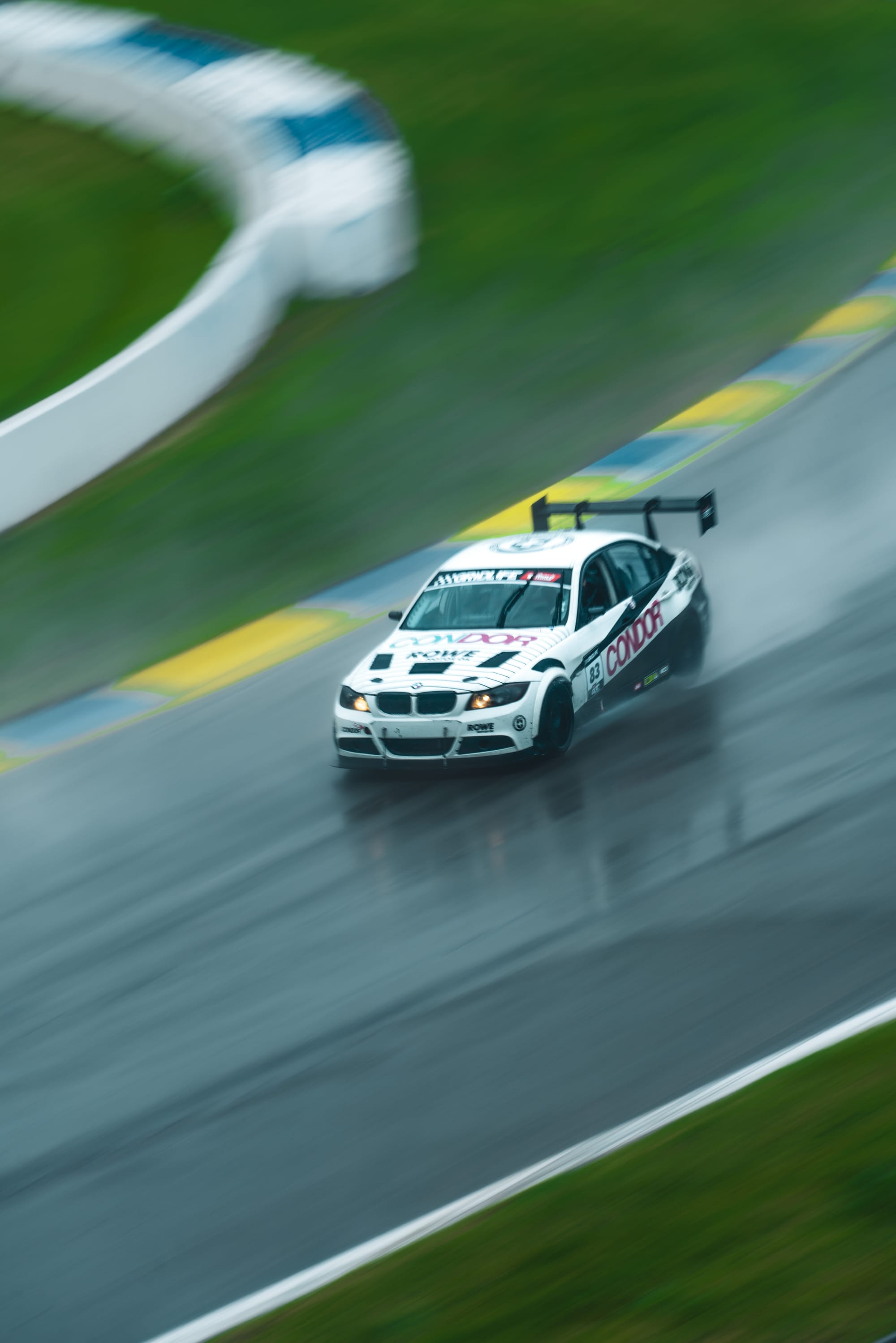
Back at the shop, I dug deep into the suspension geometry and bump steer. That’s when I found the real issue. When I upgraded to adjustable suspension arms at the start of the 2024 season, I had unknowingly disrupted both the front and rear bump steer characteristics. The new arms added negative camber, but the E90’s five-arm rear suspension requires harmony—you can’t change one without affecting the others. The same is true up front, where using the arms to adjust camber and caster can introduce bump steer.
This oversight negatively impacted the car's handling for two seasons, costing me a significant amount of time and confidence. I carried over assumptions from spec racing—where components are standardized and complex geometry checks aren’t necessary.
The False Summit: Mid-Season Struggles
With the bump steer corrected and an untested N52 engine installed (more on that later), I headed to Road America, unsure what to expect. I tried an updated lower-downforce setup: 255 tires on 17x10.5" wheels, and a 'medium' 500 sq/in wing, paired with the 3" splitter. The reduced aero and tire modifiers resulted in a lower competition weight, which improved acceleration and top speed.
The weekend began with its own challenges. I was tired—worn out from the previous week’s engine swap and the 24-hour drive. The new engine dynoed at only 214whp, far lower than expected. We worked with the tuner to increase the power, but to no avail. When Thomas’s car hit the dyno and made nearly 25 horsepower more than mine, I was ready to pack up and go home. It was the closest I’ve come to quitting—a low point of exhaustion, frustration, and disappointment.
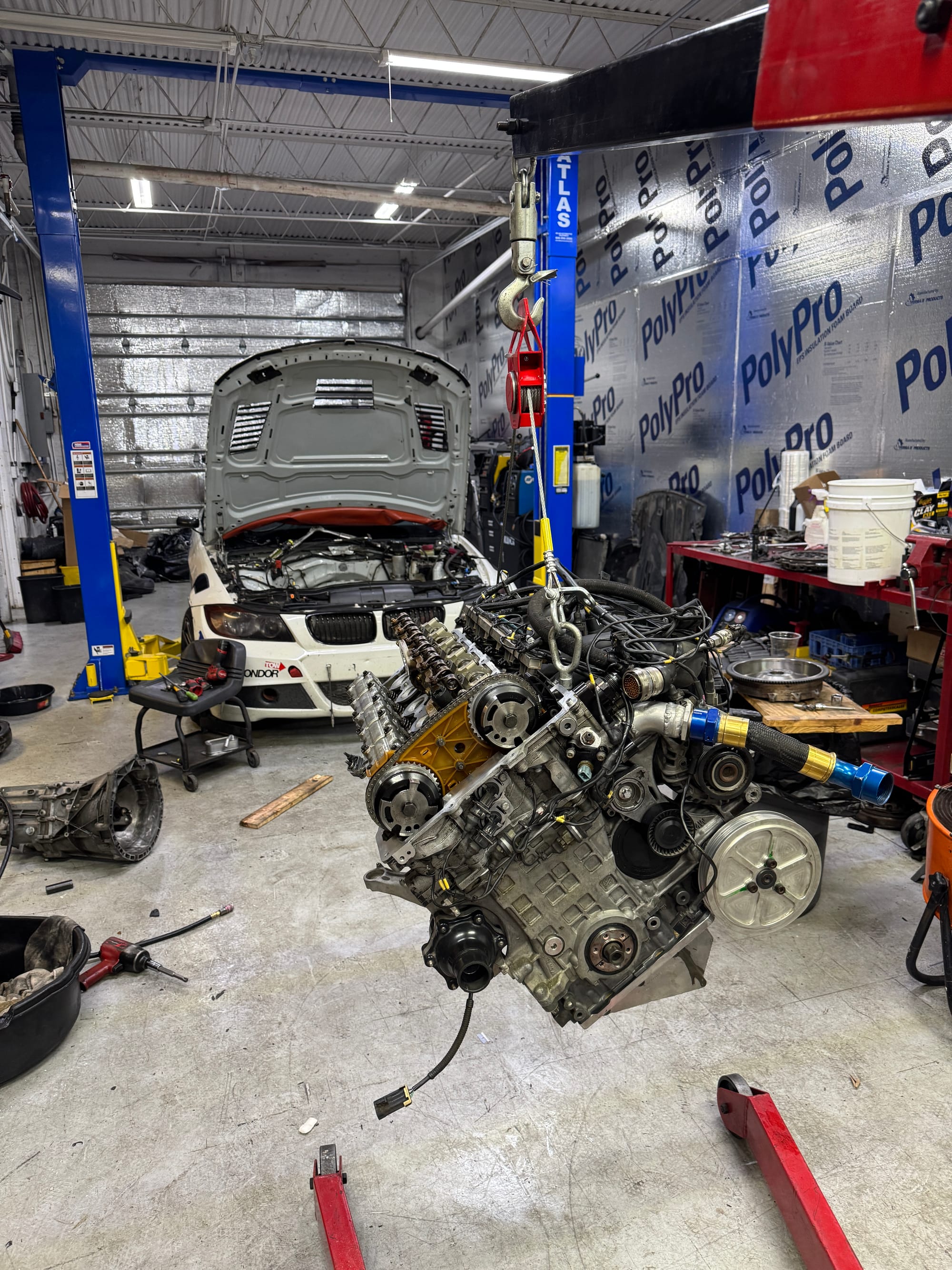
The next morning, I summoned my competitive spirit and raced (while 150lbs overweight). Despite the missing power, the car's handling finally felt composed, predictable, and balanced. I finished the first race in P15. Later that day, the tuner discovered a global timing setting that was pulling power, and once corrected, the car produced 236whp, where I expected it to be. Finally, I could take full advantage of the new setup.
In races three and four, I was able to move up to P10 and P7. Road America was the relief my season needed. The results showed that my car and I could run with the front of the field, on merit, in dry conditions, something that I had not achieved before.
Three weeks later, we raced at Lime Rock Park, one of my favorite tracks. The short, fast layout leaves no room for mistakes; every lap feels like qualifying. This year, I qualified P11 (my highest qualifying result to date), and in Race 3, I finished P9. That result felt incredibly rewarding. It confirmed that the car was finally dialed in, and I could push hard without worrying about setup issues or hidden problems. I left Lime Rock on a high, knowing that with focus and clean laps, I finally had top-10 pace.
Across 24 starts in 2025, I managed nine top-tens: four at the CMP season opener, two more in the rain at Road Atlanta, and three more between Road America and Lime Rock Park. After Lime Rock, I sat ninth in the championship points.
Shifting Ground: Parity Problems
I’ll preface this by stating that I haven't been racing GLTC just for fun. The goal has always been to win. Whether that’s possible is another story.
Unknown to most, the GLTC rules are broken...
“GLTC is like this super cool mega social media marketed field of deep talent with a pro aesthetic and broadcast but with a rule book that is like a little better than a 24 hours of Lemons race.” –Anonymous GLTC Racer
Parity is a massive problem. The sub-200-horsepower cars benefit from unequal power-to-weight modifiers, and heavyweight cars exploit poorly written “flat tune” rules. The current horsepower classification charts lack resolution. It groups cars into broad buckets, creating gray areas where some platforms don’t fit well. [Editor's note: I've also written about these issues recently.]
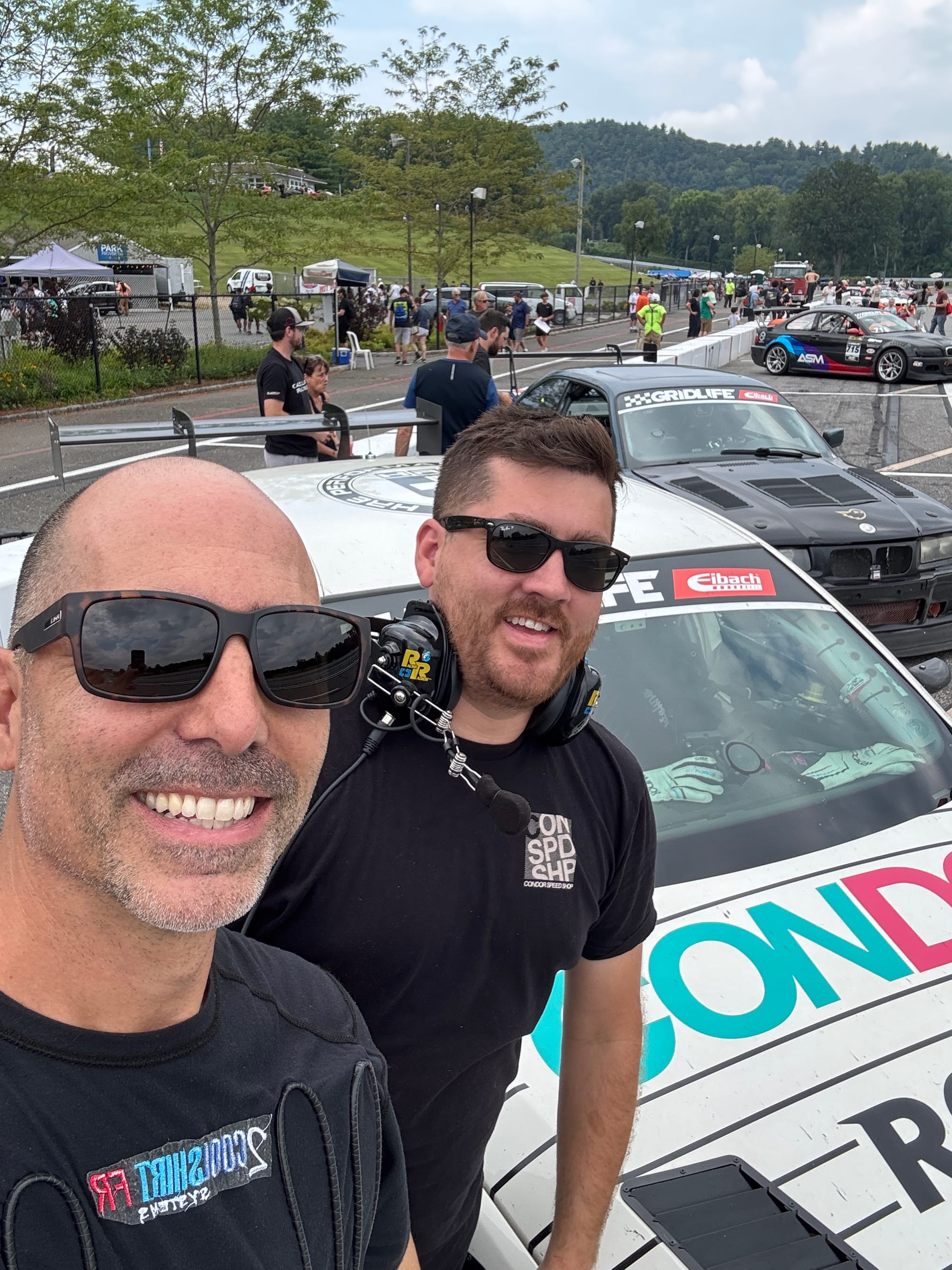
A better approach is to use the actual average horsepower across the usable power band, as adapted by NASA and WRL. Whether by horsepower, torque, or another metric, the system must reflect usable power across the rev range. The current peak-number method with an arbitrary correction factor rewards engines that naturally produce significantly more power before being “detuned.” Almost all top-15 cars run engines that, in stock form, make 50–100% more power than their detuned output. This system leaves natural power-curve engines like the S50, S52, and N52 at a competitive disadvantage.
As the rules stand, the necessary balance doesn't exist. The rules appear to be okay on paper, but in practice, it sometimes feels like multi-class racing disguised as a single-class event. GLTC sells the dream better than anyone, but until the rules catch up, parity remains inconsistent.
The Toll of the Climb: Harsh Lessons
Most people don’t see the real cost of competing.
There’s the obvious stuff: tires, fuel, lodging, tow rig maintenance. Traveling alone can add up—getting to the track, lodging, and keeping the rig running can push each event's cost well into four figures on its own. Add food, snacks, ice, fees, and supplies, and the total grows fast. Fortunately, most expenses have been split with my teammate, Thomas—but it still adds up.
Then there’s the immeasurable cost: time and energy.
Travel is exhausting, and time away from work and family is significant. Getting to the track and back is only part of it. The prep is constant. Between events, the car always needs attention. Sometimes it’s a bolt check, sometimes a quick alignment check, but often it's a complete alignment and corner balance. Entire weekends vanish preparing the car. It becomes an obsession, physically exhausting and mentally draining.
That’s the reality if you want to run at the front.
The Next Ascent
I don’t know why I keep coming back. The rules put my car at a disadvantage. These events take a physical, mental, and financial toll.
But something keeps pulling me in.
Part of it is the energy—the variety of people and cars, the buzz of the paddock, the mix of drifters, time attackers, racers, and music fans. The vendors row. The crowds lining the fence. The camaraderie between friends and competitors.
And then there’s the competition itself, the challenge of putting together a competitive car, showing up prepared, and racing alongside some of the best cars in the series. Finishing on the podium in GLTC isn’t easy. In fact, it might be one of the hardest things to do in American club racing right now. To get there, you need to be great at both parts of the equation: the car and the driving.
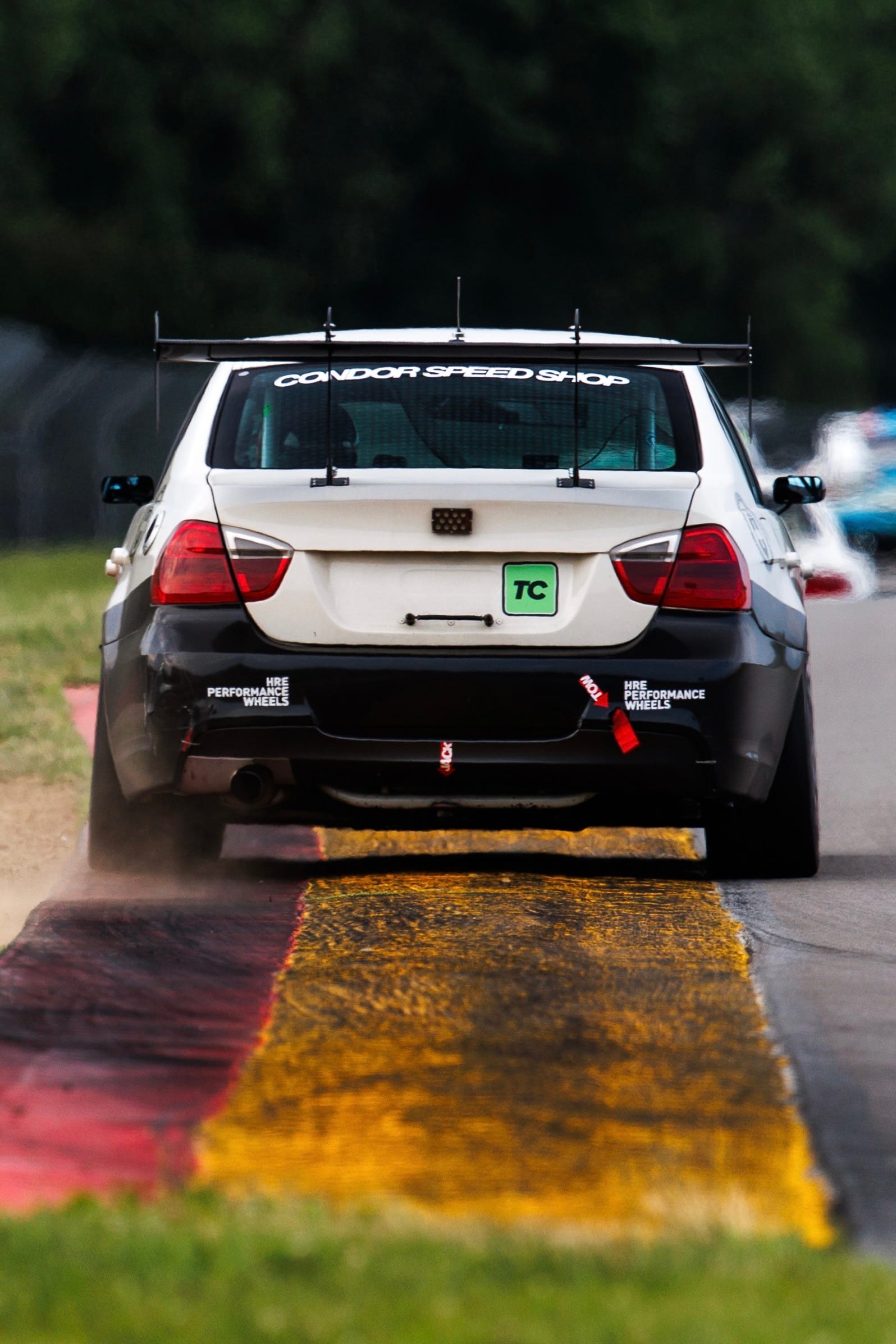
What I know is that during a GLTC weekend, I’m not just racing—I’m part of something bigger. The series has pushed me further than I thought possible, and wherever I go from here, those lessons will stay with me.
So the question remains: will I be back for another GLTC season? Possibly. Let’s hope the rules evolve, because the car is finally feeling competitive, and I’d love to keep chasing the peak.
-Carlos Mendez
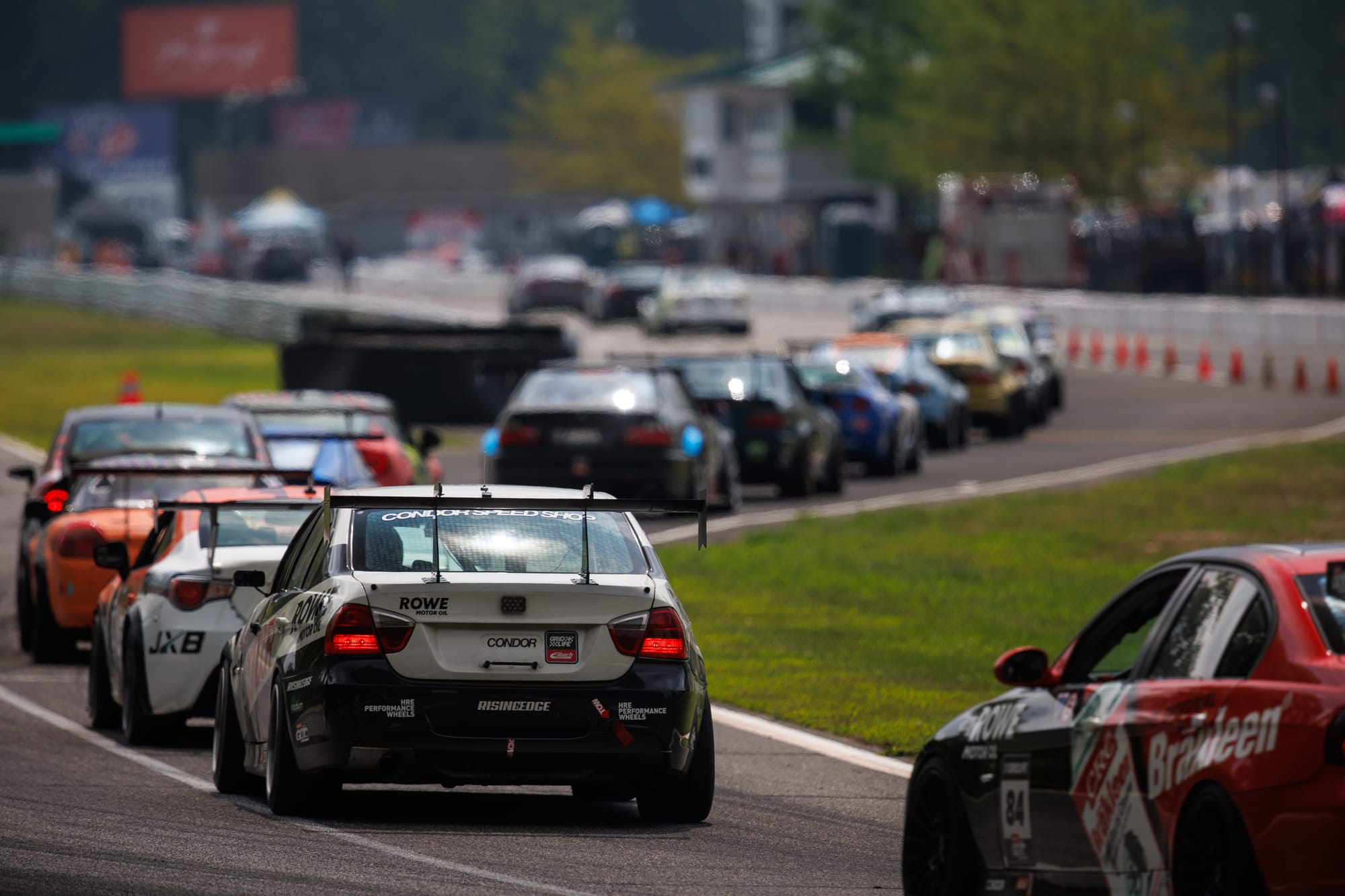


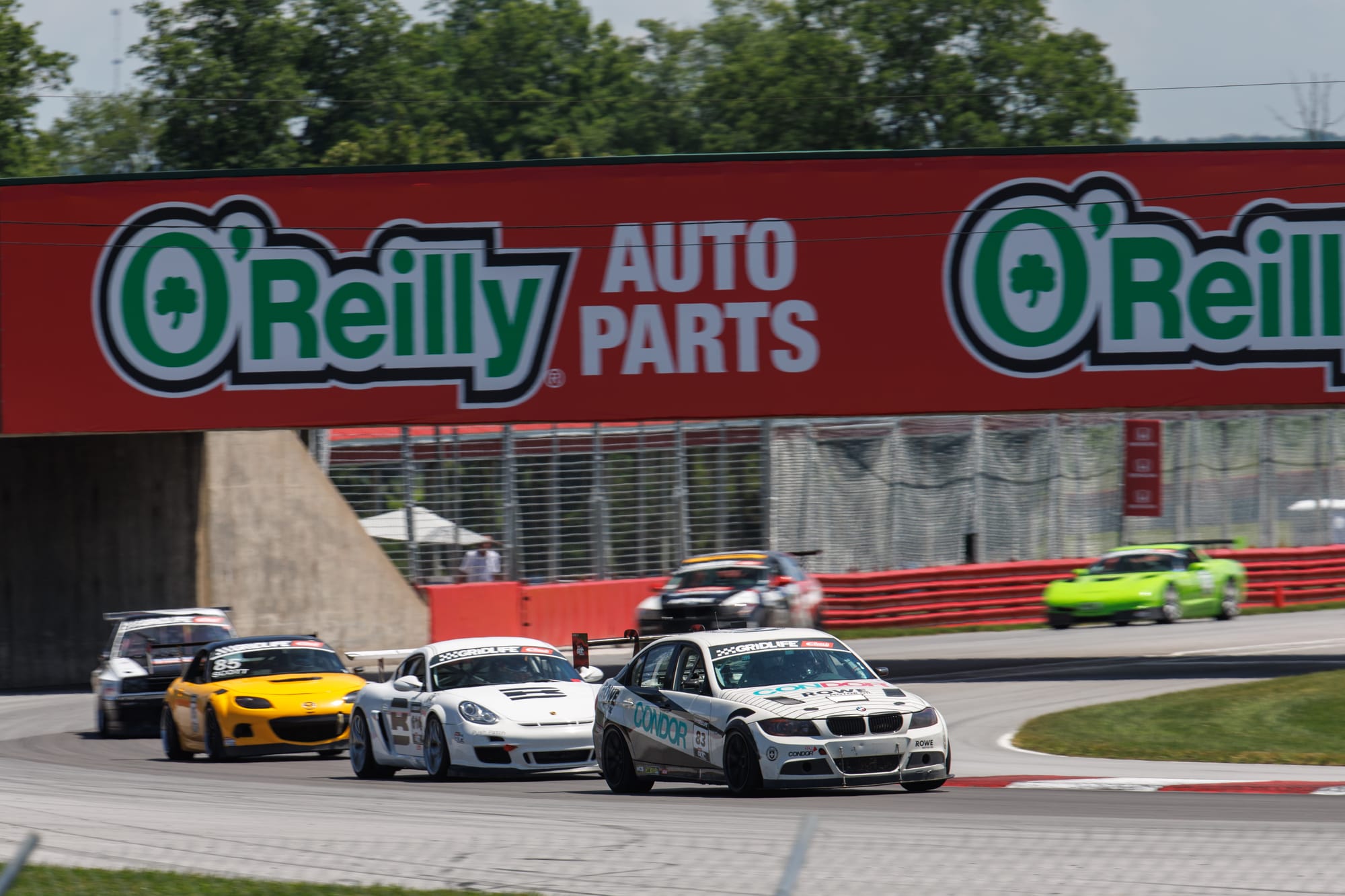
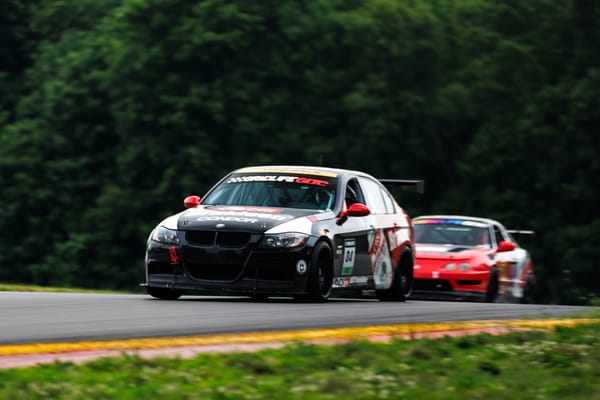
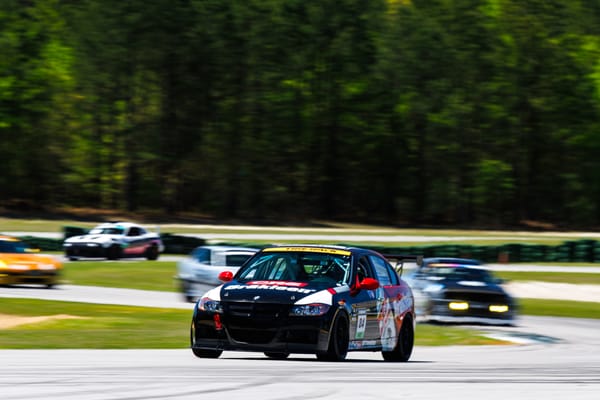
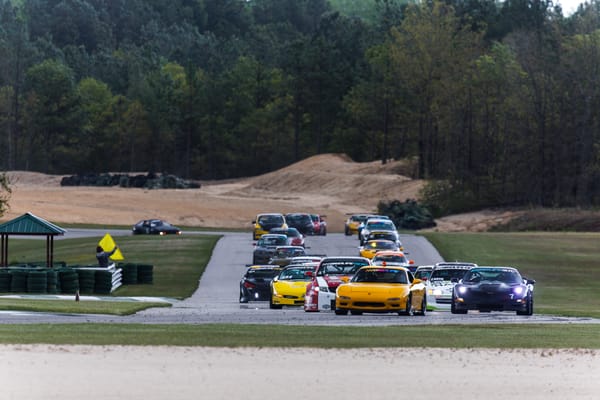
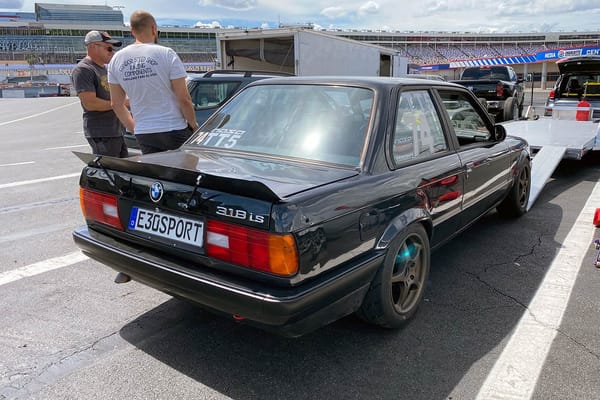
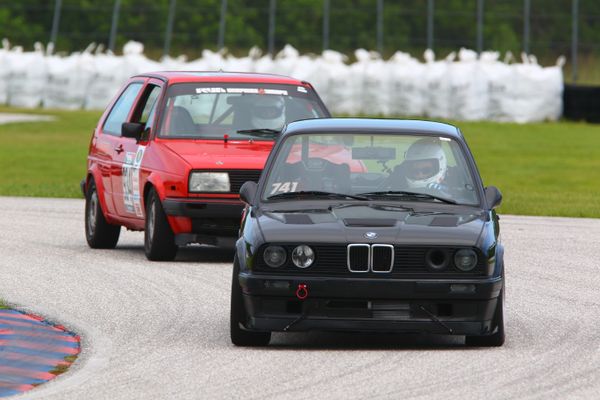
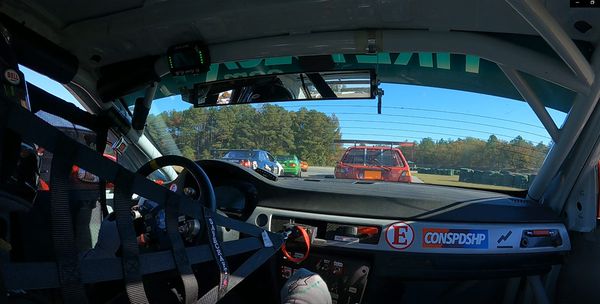
Let's drive faster together